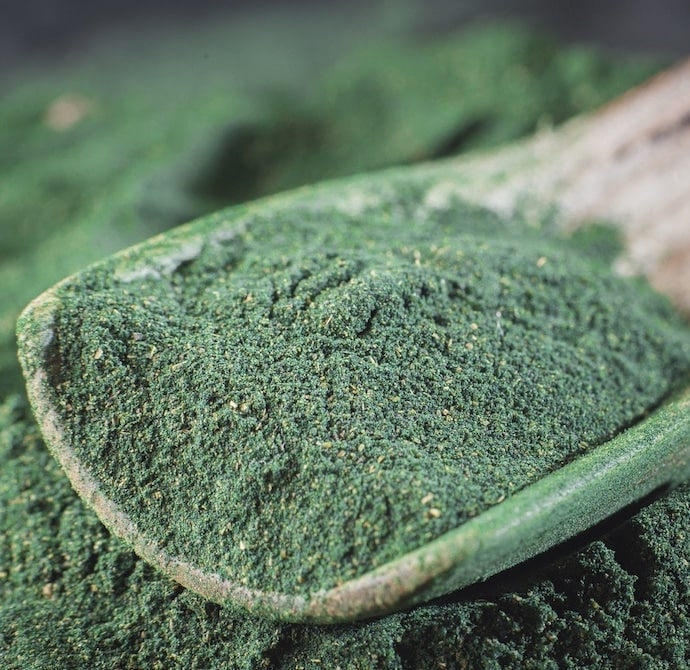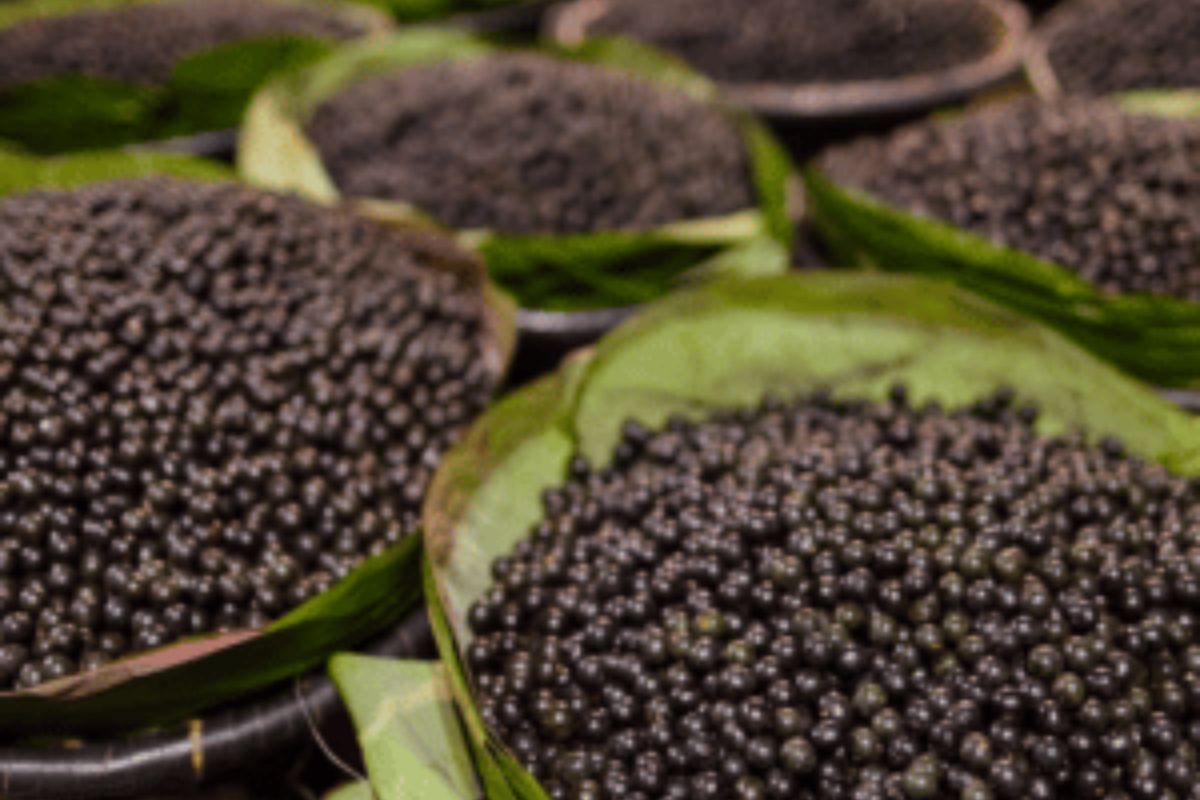Spirulina & Strength
Hey Shaka lovers, we’re back again with more fun facts, information, and tips on all things healthy just as we promised. This week we thought we would dive into this tiny, but powerful ingredient that we sell here at Shaka, both in one of our very popular specialty smoothies, The Sunny Spirulina, but also as an additive to any bowl or smoothie.
So if you’re in the dark about this super food and all of the benefits it reaps, we’re excited to share with you everything we know about it. And if you do know what this mighty fighting powder is capable of, but would like to just know a little more, we’re here for that too. : )
First, the most wonderful fact that we love to share about this super food, is that it is native to our home, Hawaii. Spirulina is a completely natural super food harvested from the depths of the seas. Spirulina is an all-natural saltwater blue-algae brimming with proteins, essential amino acids, omega three oils and vitamins and minerals.
For those of you who are trying to up your protein intake, spirulina should be your number one resource. We like to refer to it as the mighty strengthening spirulina — which brings a host of amazing benefits, including:
Supports cardiovascular, eye and brain health, boosts immunity and energy.
It is one of the most complete food sources in the world with over 100 nutrients, 60% protein content
Contains the highest levels of carotenoids, which are an orange or red plant pigment found in carrots and many other plant structures. It is a terpenoid hydrocarbon with several isomers, which one carotenoid is as important in the diet as a forerunner of vitamin A.
High in antioxidants known to promote health and longevity
Excellent protein and nutrient source especially for those on a plant-based diet
Packed Full of Protein Rich Plant Enzymes
Naturally Rich in Essential Amino Acids, Omega Three Oils and Vitamins and Minerals
Packed full of anti-inflammatories
While to most, Spirulina is an acquired tasted, when paired with the right ingredients, like our Sunny Spirulina smoothie (Almond Milk, Bananas, Acai, Spinach, + Chia Seeds) Spirulina can be quite delicious, and quite beneficial for your health.
So why does all of this matter? Spirulina powder is designed to enhance your internal health and increase your natural energy. It’s everything your body needs to optimize circulation, digestion and cholesterol levels. Here at Shaka we only use certified Organic Spirulina by the Soil Association Spirulina powder is rich in B12, B3, Omega-3 oils, essential amino acids and core nutrients such as Phosphorous, Calcium, and Iron. According to My Super Foods, a USDA organic company, “Studies show that adding spirulina to your daily regimen can help boost your immune system which is essential for fighting off colds and allergies, as well as reducing your risk of serious diseases.” Lastly, as a new time is upon us, and everyone has very specific and different dietary needs, we want everyone to enjoy the benefits of all of our products here at Shaka, which is why our premium formula is also safe for those with special dietary needs, such as those with vegetarian and vegan diets.


